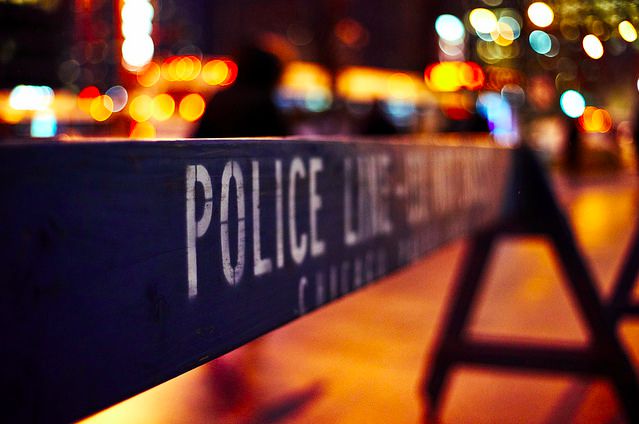34 People Were Shot, 8 Fatally, This Weekend In Chicago As Murder Count Climbs To 585
By Mae Rice in News on Oct 24, 2016 6:25PM
Eight people were killed and 34 people were shot in Chicago over the weekend, Chicago police report. One man, age 37, was fatally shot in the head and discovered in a West Garfield Park alleyway early Saturday morning, according to Chicago police; another man, age 27, was shot in the back in Rogers Park at 1:47 a.m. on Sunday, and later died of his injuries.
The weekend violence puts Chicago's year-to-date homicide count at at least 585, according to Chicago police—up almost 200, and roughly 50 percent, from last year's count at this time of year, 401. The year-to-date shooting count, meanwhile, is 2,905—also up almost 50 percent from 2015's 1990 at this juncture.
These changes are startling, and they didn't all happen this weekend—the murder rate was roughly two per day in June; May 2016 was Chicago's deadliest May since 1995; and even the year's first quarter was unusually deadly. Analysts have tied this into various systemic issues, from poverty to lax gun laws in Indiana to a decline in Chicago police activity.
The national concern about Chicago's gun violence—including remarks from Hillary Clinton and much shittier remarks from Donald Trump—has made Chicago feel like an epicenter of American violence. The Trace, however, urges careful interpretation of Chicago's violence statistics, noting that the per-capita murder rate in Chicago is relatively low for a major city, and about one-third the murder rate in New Orleans. Our per-capita shooting rate, meanwhile, is one-seventh the shooting rate in St. Louis.
This analysis doesn't feel quite right, either. Due to entrenched segregation, murder in Chicago is concentrated on the south and west sides, to such an extent that it's hard to find meaning in a citywide murder rate. You can see it in this weekend's shootings alone. Still, it's worth examining these numbers from a variety of angles—each one helps us see another piece of Chicago's reality.
[H/T Tribune]
